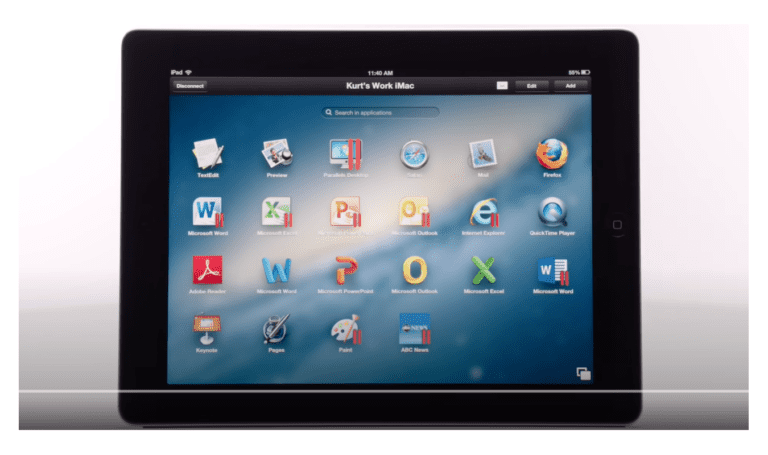Parallels launches update 7.0 of Parallels Access, a remote desktop software app for virtualizing and using desktops through remote devices. The release introduces two-factor authentication (2FA).
Virtualization software can rarely be described in a jiff. Parallels Access is an exception to the rule. The solution works as follows. You download and install an app (agent) on a Mac or (virtual) Windows PC. After downloading the same agent on a second Mac or Windows PC, it is immediately possible to control one PC with the other. Among other things, this allows the usage of a PC in the office without being on location. The only requirement is an internet connection on both devices.
Access runs equally well on iOS and Android. In this case, you download the agent as a mobile app. Either way, users can access local files and applications on a remote device of choice.
Competing in remote desktop software
The solution is not unique. Software like TeamViewer and Zoho Assist achieves similar results. Parallels competes by focusing on security, as exemplified in update 7.0. The desktop app was already equipped with two-factor authentication (2FA). Now, the security layer is featured in the iOS and Android app as well.
In addition, Parallels reports that Google Chrome, Microsoft Edge and other modern browsers were recently updated to allow Media Source Extensions. The latter makes it possible to route video streams from a remote PC to a web browser. Parallels sees an opportunity for Access. It promises to enable users to use mobile apps from an iOS or Android device in a web browser in the near future. The functionality is not included in 7.0, but should arrive shortly.
Tip: Parallels Desktop 17.1 brings full support for macOS Monterey and Windows 11
